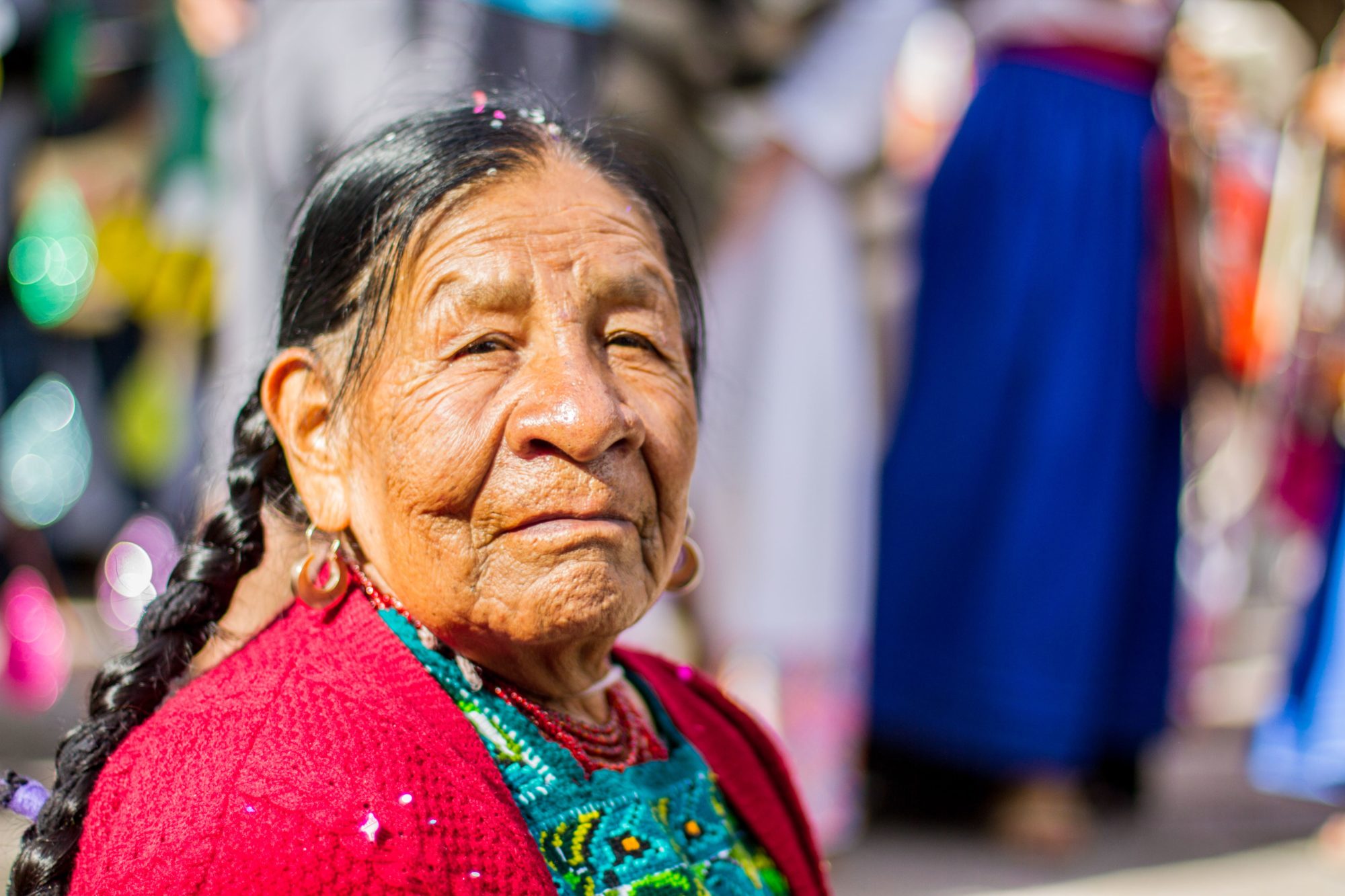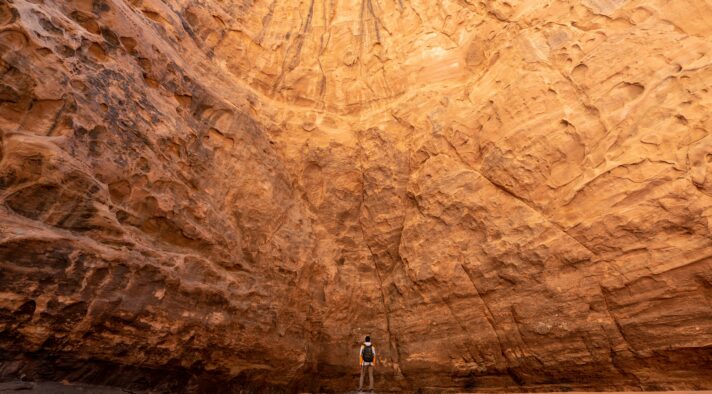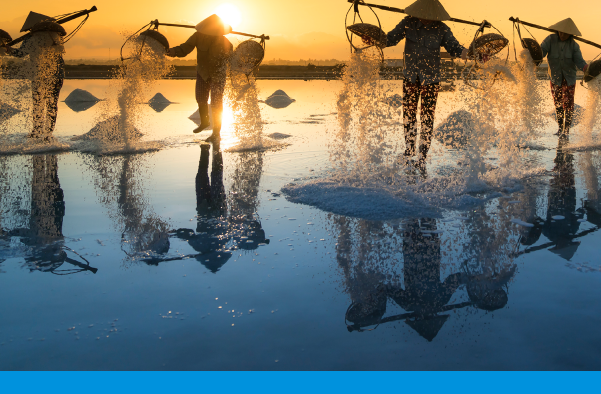Jalisco is one of Mexico’s 31 States. Located at the west part of the country, it limits with Nayarit, Zacatecas, Aguascalientes, Guanajuato, San Luis Potosí, Michoacán and Colima. Also, a big part of its territory limits with the Pacific Ocean.
The State´s biodiversity includes forests, beaches, plains and lakes (specifically Lake Chapala). Altitudes vary from zero to 4.300 meters above sea level (from the sea coast to the Colima volcano). It also holds five of the natural ecosystems found in Mexico: arid and semi-arid shrubs, evergreen tropical forests, deciduous and thorn tropical forests, grasslands, pastures, mesquite and temperate forests with oaks, pines and firs. According to the last national census (2010), the State’s population reached 7,350,682 inhabitants, with 49% women and 51% men.
Recognizing the fundamental role that women play towards climate change adaptation, the Secretary of Environment and Territorial Development (SEMADET for its Spanish acronym) and the Secretary of Social Development and Integration (SEDIS) have implemented joint projects aiming to empower women socially and economically across the rural areas of the State.
The projects developed by both departments during 2016 and 2017 have been led by women and include the production and commercialization of native plant species, forestry, fruits and forage, as also vinicultures systems for the exploitation of natural resources and restoration of forestry areas degraded by extensive livestock.
The “Chiquihuitecas” project, included in the framework of the “Eleven experiences of sustainable rural development in the coastal watersheds of Jalisco” has been very transcendental. The “Chiquihuitecas” is a project conformed by 10 women of the Chiquihuitlán locality from the Autlán de Navarro municipality, who promote the breeding of grana cochinilla insect (Dactylopius coccus) to extract substances for the production of red dye, which strengthens their social and economic participation within their community.
This community has a high level of marginalization, thus, it has a risk of losing an important amount of forestry land. Experts coincide that the lack of economic resources promotes deforestation and change of land use for agriculture and livestock. These women have firsthand knowledge of the grana cochinilla production since it is considered as a local ancient tradition.
The Chiquihuitecas have a 3.5 hectares land where they cultivate prickly pear and have also installed a greenhouse for the breeding of grana cochinilla. Unfortunately, the greenhouse infrastructure was damaged by Hurricane Patricia during 2015.
Besides the socio-economic impact, this project helps to tackle the effects of climate change due to the contribution of the pickly pears to reduce risk of soil degradation, and by resisting the changes of the rainfall regime. They also contribute to CO2 storage and offers the local community other productive options in order to stop the expansion of the agricultural frontier and deforestation.
In 2016, the collaboration agreement between SEMADET, SEDIS and the Environment and Integral Management of the Ayuquilla river watershed Intermunicipal Board, which the main objective was to promote production projects in localities with a high level of marginalization and deforestation, destined economic resources to develop activities and help rehabilitate the Chiquihuitecas greenhouse. This economic support helps the Chiquihuitecas women to continue with their project and the breeding of the grana cochinilla and extraction of wax, which they sell directly to an external buyer without any preview transformation process.
The Chiquihuitecas are an example to promote and strengthen women participation in production activities within their communities and stop their exclusion of the main rural activities, such as agriculture and forestry.
There is a high range of options for products derived from cochineal, among which we can mention: the dark red liquid carmine that is used as a coloring for yogurts, ice cream, soft drinks, sausages, candies, cherries, liqueurs, flours, cookies, jams, etc. or the insoluble carmines lacquers; as well as the bright red powder used in cosmetics and pharmaceutical products such as tablets, capsules and syrups. This is why one of the proposals for the second stage of the project is the process of secondary transformation to give an added value to these products.



